Wooden Wall Aesthetic Room Decor: DIY Large Wall Hanging Jharokha
Transforming a room’s ambiance through DIY projects not only adds a personal touch but also allows for creative expression in home decor. A wooden wall aesthetic room decor item, such as a DIY large wall hanging Jharokha, can serve as a magnificent focal point in balcony or living room , bringing traditional charm and warmth to any space. This guide will walk you through creating your own large wall hanging Jharokha, blending traditional architectural beauty with modern DIY flair.
Understanding Jharokha : wooden hanging planter
A Jharokha is an overhanging enclosed balcony used in the architecture of Rajasthan, India. It projects from the wall and is enclosed with ornamental balustrades, usually made of sandstone or wood. Jharokhas are renowned for their intricate carvings and unique designs, offering not just beauty but also a glimpse into the rich Indian heritage.
Materials Needed : wooden hanging planter
- High-quality solid wood (preferably a type that’s easy to carve, like cedar, pine, or sheesham)
- Carving tools (for detailed work)
- Sandpaper (various grits)
- Wood stain or paint
- Wood glue
- Screws and hanging hardware
- Protective varnish
Design Inspiration : wooden hanging planter
Before starting, gather some design inspiration for your Jharokha. Look at wooden hanging planter traditional patterns, motifs, and architectural elements distinctive to Indian heritage. Decide on the size of your Jharokha and whether it will feature open spaces, mirrors, or perhaps even a canvas for painting.
Step-by-Step Creation Process : wooden hanging planter
- Sketch Your Design: Begin with a detailed sketch of your Jharokha on paper. Include measurements to ensure proportionality when you transfer the design to wood.
- Cut and Carve the Wood: Based on your design, cut the wood into the desired shape. Use carving tools to add details and traditional motifs. This process requires patience and precision to maintain the integrity of the design.
- Sanding and Smoothing: Once the carving is complete, sand the wood thoroughly. Start with a coarser grit and move to finer grits to achieve a smooth finish. This step is crucial for preparing the wood for staining or painting.
- Staining or Painting: Apply your chosen stain or paint to the wood. Consider using traditional colors like rich browns, deep reds, or antique gold to emphasize the Jharokha’s heritage. Allow it to dry completely.
- Apply Protective Varnish: To ensure longevity and protect the wood from environmental factors, apply a coat of protective varnish. This will also enhance the shine and depth of the stain or paint.
- Assemble and Install: If your design includes multiple pieces, use wood glue and screws to assemble them securely. Attach the hanging hardware to the back of your Jharokha, ensuring it’s capable of supporting the weight.
- Mounting Your Jharokha: Choose a prominent wall space that complements your room’s decor. Ensure the area provides enough visibility to your Jharokha, allowing it to be a standout piece.
Complementing Decor Elements
To enhance the aesthetic appeal of your Jharokha, consider adding ambient lighting around it or placing traditional Indian decor items like brass lamps or pottery beneath it. These elements will help create a cohesive look, blending the old with the new in a harmonious fashion.
Final Thoughts
Creating a DIY large wall hanging Jharokha is not just about adding a piece of decor to your room; it’s about bringing a piece of history, culture, and artistry into your home. It reflects your appreciation for traditional crafts while showcasing your creativity and DIY skills. Such a project not only personalizes your space but also becomes a meaningful centerpiece that tells a story and sparks conversations.
FAQs: DIY Large Wall Hanging Jharokha
Q: What is a Jharokha?
A: A Jharokha is a type of overhanging enclosed balcony used in the architecture of Rajasthan, India. It features intricate carvings and is traditionally made from materials like wood or sandstone. Jharokhas were used in ancient times for privacy and ventilation and are celebrated for their ornamental and architectural beauty.
Q: What materials are needed to create a DIY Jharokha?
A: To create a DIY Jharokha, you will need high-quality wood (cedar, pine, or sheesham are good choices), carving tools, sandpaper of various grits, wood stain or paint, wood glue, screws, hanging hardware, and protective varnish.
Q: How do I design my Jharokha?
A: Start by researching traditional Jharokha designs and motifs. Sketch your design on paper, including detailed measurements and any specific patterns or elements you wish to include. Consider the overall size and how it will fit into your room’s decor.
Q: Can I make a Jharokha if I have no experience in woodcarving?
A: Yes, but start with a simpler design and practice on smaller pieces of wood first. There are also pre-carved wooden panels available that can be incorporated into your Jharokha design to simplify the process.
Q: How do I properly hang my Jharokha?
A: Ensure the hanging hardware is securely attached to the back of your Jharokha and is strong enough to support its weight. Use appropriate wall anchors or find a stud in the wall to ensure the Jharokha is securely mounted and won’t cause damage.
Q: Can I use a Jharokha for purposes other than decoration?
A: Absolutely. While traditionally a decorative architectural element, a Jharokha can also serve as a unique shelving unit, a frame for a mirror, or even an artistic window treatment, depending on its size and your creativity.
Q: How do I maintain and clean my wooden Jharokha?
A: Dust it regularly with a soft, dry cloth. If it’s stained or painted, you can occasionally use a slightly damp cloth followed by a dry cloth to keep it clean. Avoid using harsh chemicals or water, as these can damage the wood and the finish.
Q: Can I customize my Jharokha to fit a modern decor style?
A: Yes, the design and finish of your Jharokha can be tailored to complement any decor style. Choose modern colors, minimalist carvings, or a sleek finish to make your Jharokha fit a contemporary space.
Q: Where is the best place to hang a Jharokha in my home?
A: Jharokhas are versatile and can be hung in many areas of your home, including the living room, hallway, or bedroom. Choose a location where it will be a focal point, such as above a sofa, bed, or in an entryway.
Q: Is it possible to make a Jharokha without using traditional woodcarving methods?
A: Yes, you can create a Jharokha-inspired piece using alternative methods such as assembling pre-cut wooden elements, using laser-cut panels, or even incorporating mixed materials like metal or glass for a unique look.


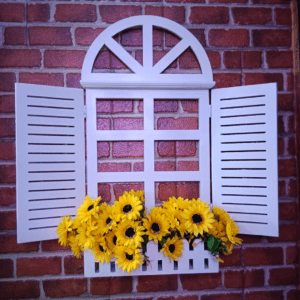

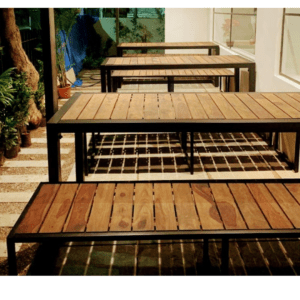
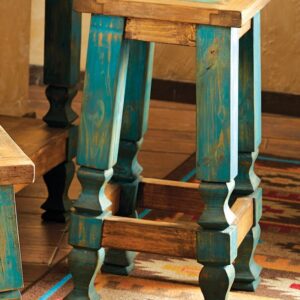


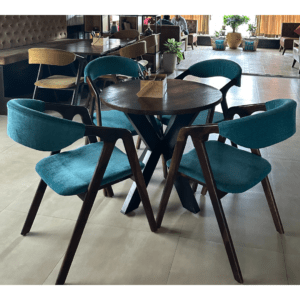
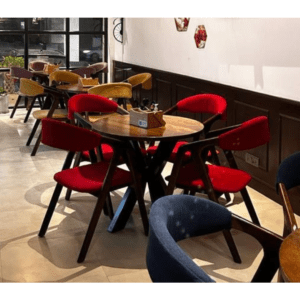
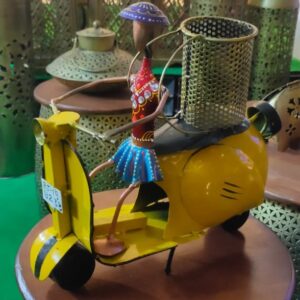
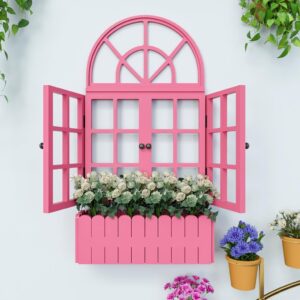
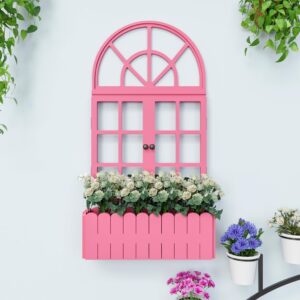

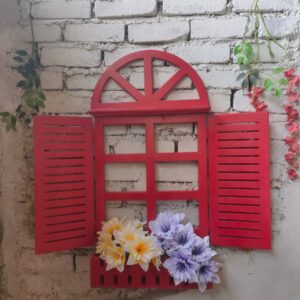

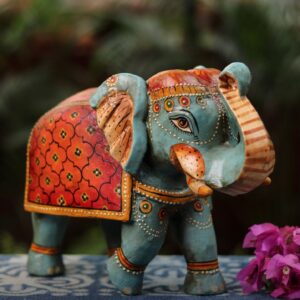
Reviews
There are no reviews yet.